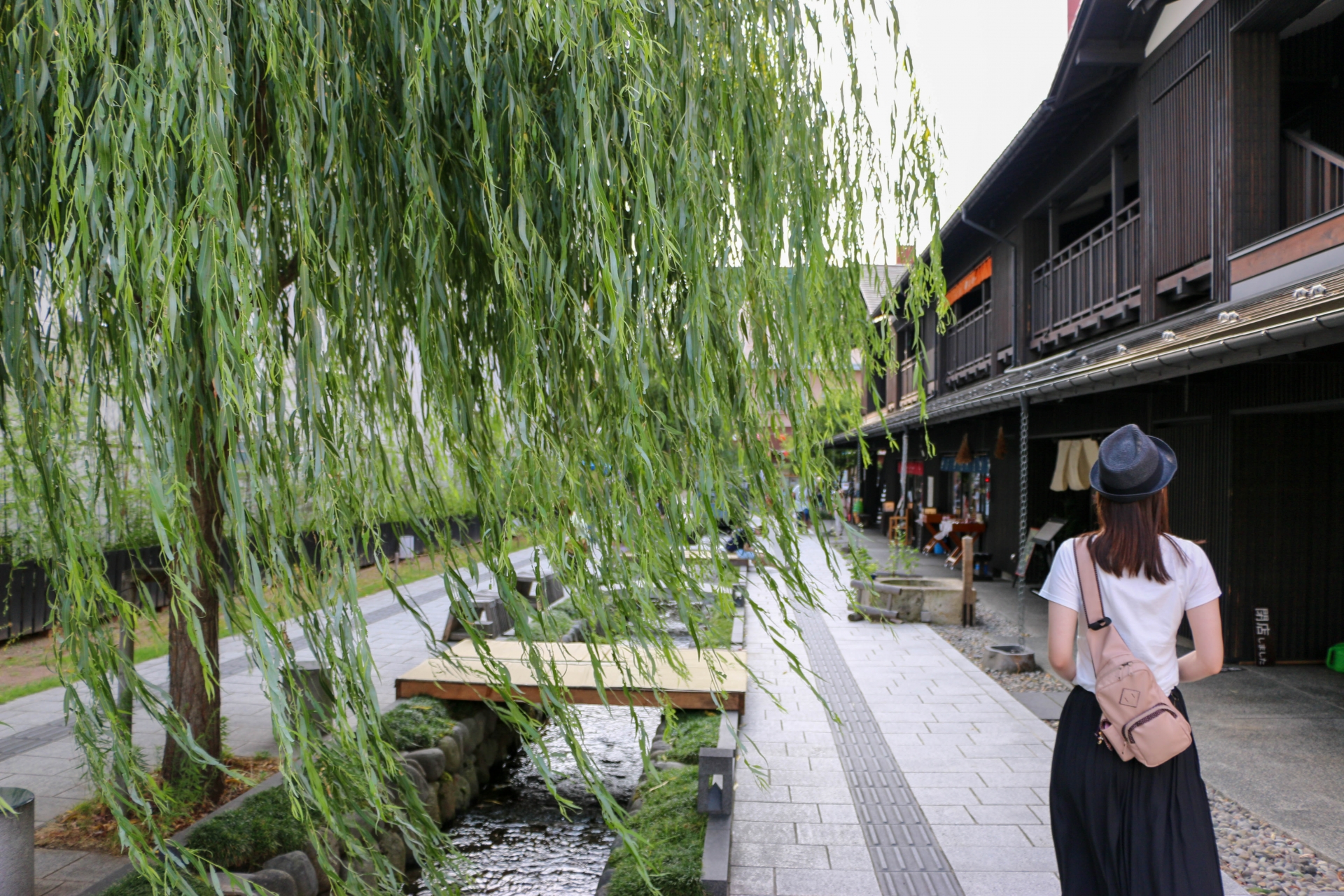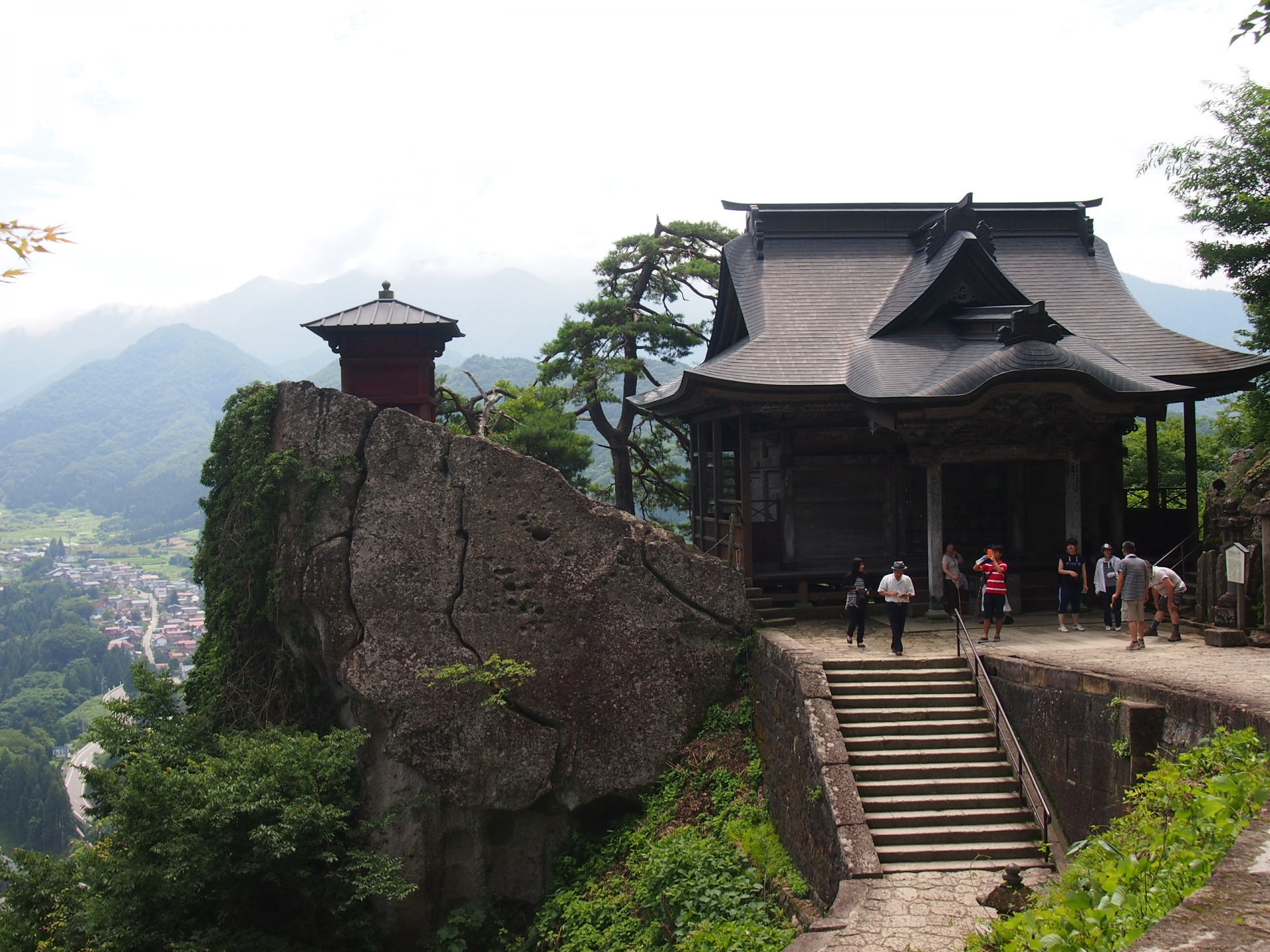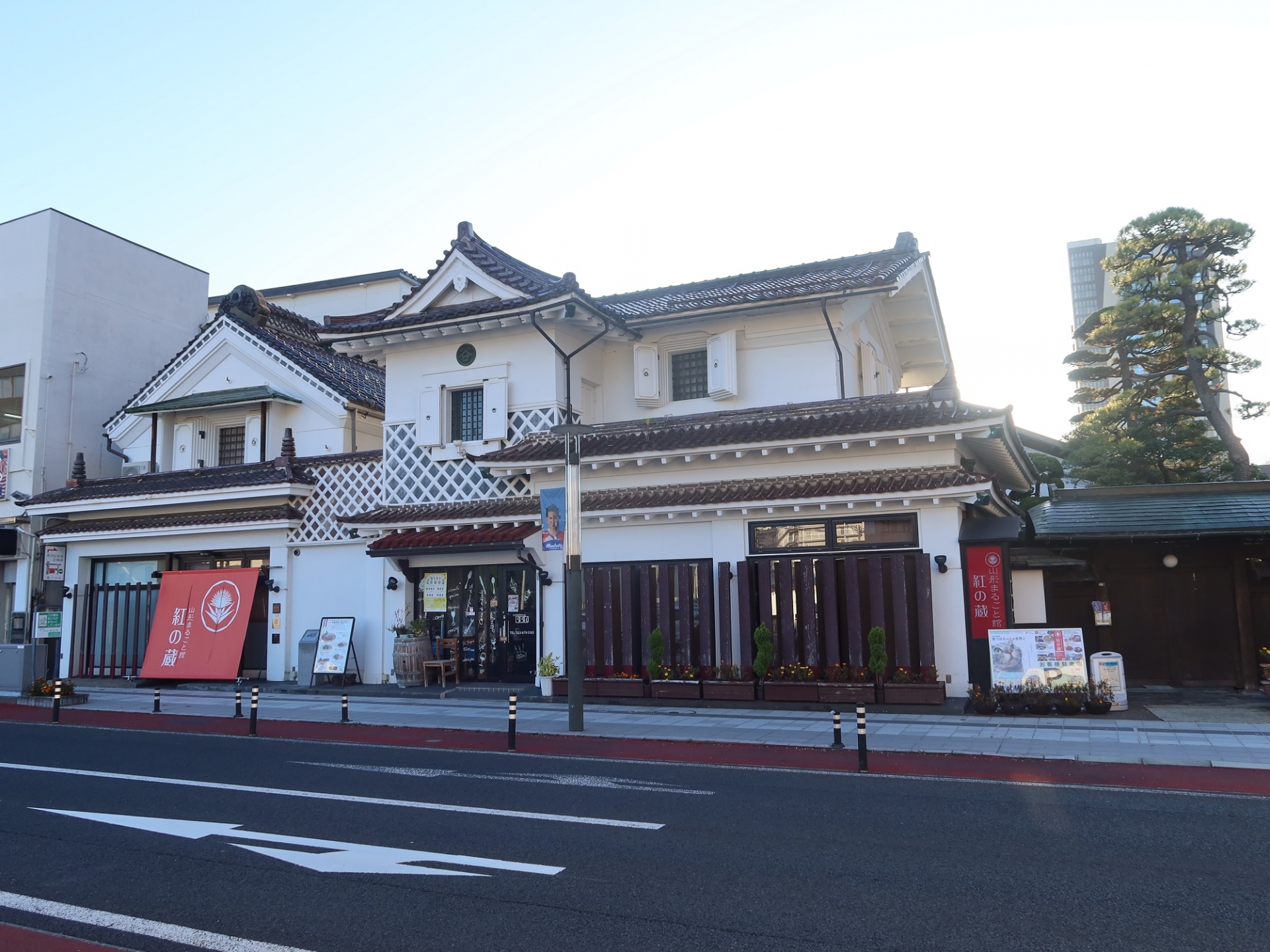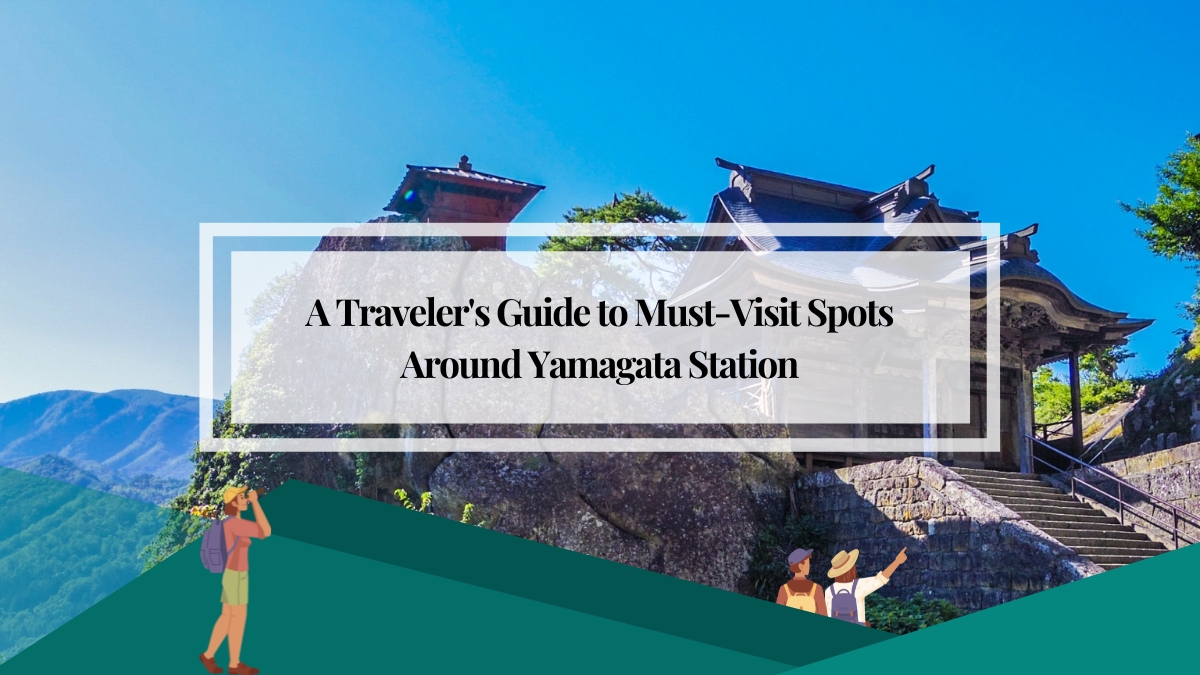Around Yamagata Station, there are many tourist attractions with historical backgrounds related to the Mogami family. The Mogami family began governing Yamagata in the 14th century and continued through the Sengoku period, leaving a lasting legacy that deeply influences the region to this day. Visiting these spots allows you to experience the rich history and culture of Yamagata.
Zao Onsen 蔵王温泉

About 40 minutes by bus from Yamagata Station, Zao Onsen is a renowned hot spring area that developed into a ski resort in the early 1900s. It’s popular as a ski resort in winter and attracts many visitors as a hot spring destination in summer. Zao’s “snow monsters,” a natural art phenomenon, have been a major attraction since the Taisho era.
Kajo Park 霞城公園

Kajo Park, home to the Yamagata Castle ruins, was built by Yoshiaki Mogami. Constructed in the early Edo period, the park features rebuilt ramparts and turrets. In spring, cherry blossoms bloom in abundance, attracting many visitors who enjoy the blend of history and nature. The park also houses a museum where you can learn about the area’s history.
Bunshokan 文翔館

Bunshokan, the former Yamagata Prefectural Government Building, was constructed in the Taisho era and restored in the 1980s. This beautiful Western-style building embodies the Taisho romance and houses administrative documents and exhibits from that time, offering a glimpse into history.
Nanokamachi 七日町

Nanokamachi is a historical shopping street dating back to the Edo period, within walking distance of Yamagata Station. Lined with traditional buildings, it offers local specialties and gourmet foods. It’s a beloved area for tourists to stroll and experience the local culture and history.
Risshakuji Temple (Yamadera) 立石寺(山寺)

Located about 20 minutes by train from Yamagata Station, Risshakuji Temple, established in 860, is famous for its scenic beauty and serene environment. Climbing over a thousand stone steps rewards you with stunning views. The temple is also renowned for being visited by the poet Matsuo Basho.
Yamagata Marugoto-kan Kurenai-no-kura 山形まるごと館 紅の蔵

Kurenai-no-Kura is a tourist center dealing in local products, named after the safflower trade that has continued since the Edo period. You can buy specialties and souvenirs and enjoy local cuisine at the adjacent restaurants. It’s a place where the region’s history intersects with modern life.
Yamagata Prefectural Museum 山形県立博物館

At the Yamagata Prefectural Museum Main Building, you can enjoy a variety of permanent exhibits categorized by different themes.
Exhibit Room 1: Rich Nature and Its Blessings
This room features themes such as “The Formation of Yamagata,” “The Science of Forests,” and “Warm Currents and Snowy Yamagata,” introducing the changes and characteristics of Yamagata’s natural environment.
Exhibit Room 2: The History Imprinted on Yamagata’s Land
This room showcases the lives and cultures of Yamagata’s farmers, samurai, and townspeople from “The Dawn of Yamagata” to “The Life and Spirit of Rice Farming.”
Exhibit Room 3: Modern Yamagata – Changes in Lifestyle
Themes like “Street Corner Customs” and “Yamagata’s Local Toys” introduce the culture of modern Yamagata that connects to the present day.
Rocks, Minerals, and Fossils Exhibit
This exhibit aims to widely introduce actual specimens of rocks, minerals, and fossils featured in textbooks and reference books.
Experience Plaza
This plaza allows visitors to deepen their understanding of museum materials through hands-on experiences, such as touching real specimens.
Suzukawa Park 鈴川公園

This park is located in the eastern part of Yamagata City at the foot of Sakazuki Mountain. It consists of three main areas: Java Land, which includes the Mamigasaki Pool in Yamagata City; Twin Moon Hill, a forest park; and Numano’s Forest, which features a pond within its grounds. Each area is separated by the mountain, and visitors can move between them using the mountain’s walking trails. Along these trails, there are also shrines such as Atago Shrine and Furupeak Shrine.
Yamagata City Wild Plants Garden 山形市野草園
The Yamagata City Wild Plants Garden is situated about 15 minutes by car from Yamagata Station, It features various wild grasses and plants, making it ideal for nature walks. It’s also important for regional nature conservation activities.
Kineya Tea Room きねや菓寮
Kineya Main Store, a traditional wagashi shop, has been in business since the Edo period. Known for its “Monaka” and “Yokan” sweets, the shop’s confectionery techniques have been passed down through generations. It’s perfect for sampling traditional flavors while walking around the station area.
The long-established confectionery store “Kineya Honten,” founded in 1811, celebrated its 212th anniversary in 2023. This spring, Kineya Higashiaota Store was renovated and reopened as “Kineya Karyo.” It is a tea room or café that specializes in serving sweets and confectioneries, often in a traditional Japanese setting. It combines the enjoyment of sweets with a place to relax and appreciate the ambiance.
Community Cycle
Yamagata City Community Cycle – ecobike is a convenient bike-sharing service anyone can use. Bicycles can be rented from stations around the city and used freely. It’s easy to rent using a smartphone or IC card, making it convenient for sightseeing, commuting, or school. It’s a popular and environmentally friendly way for locals and tourists to get around.



